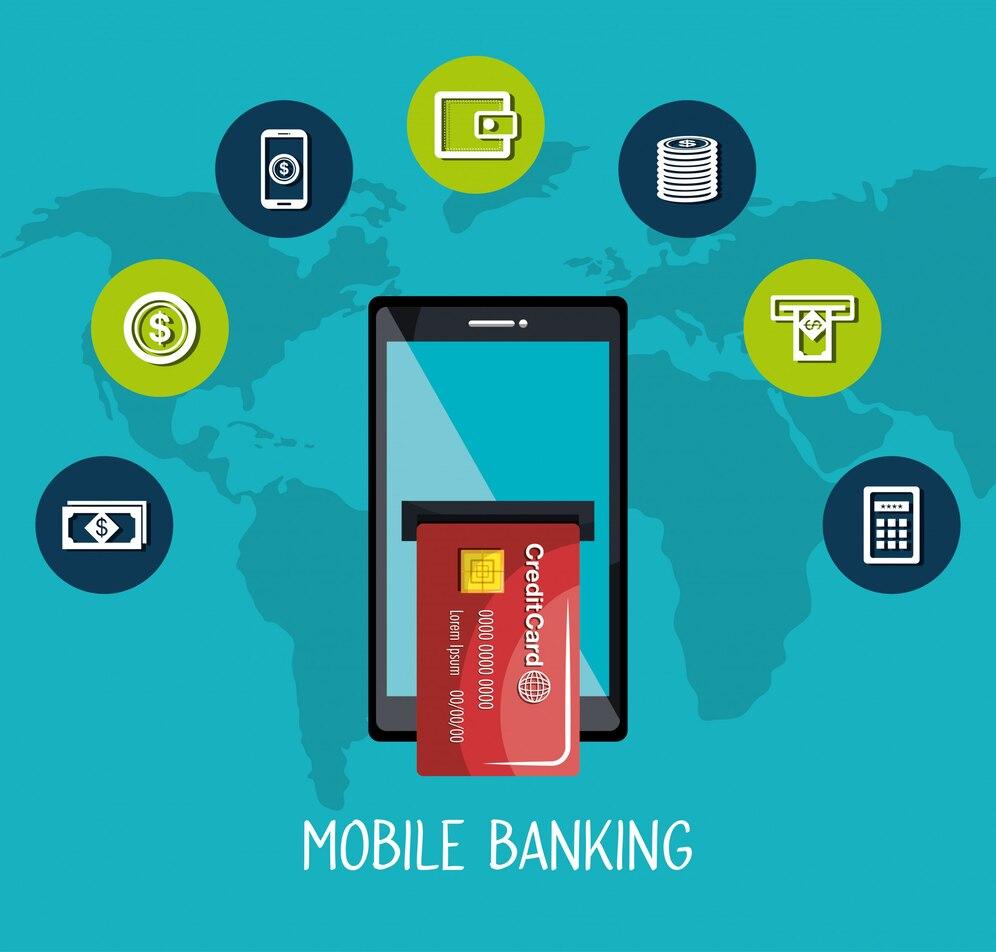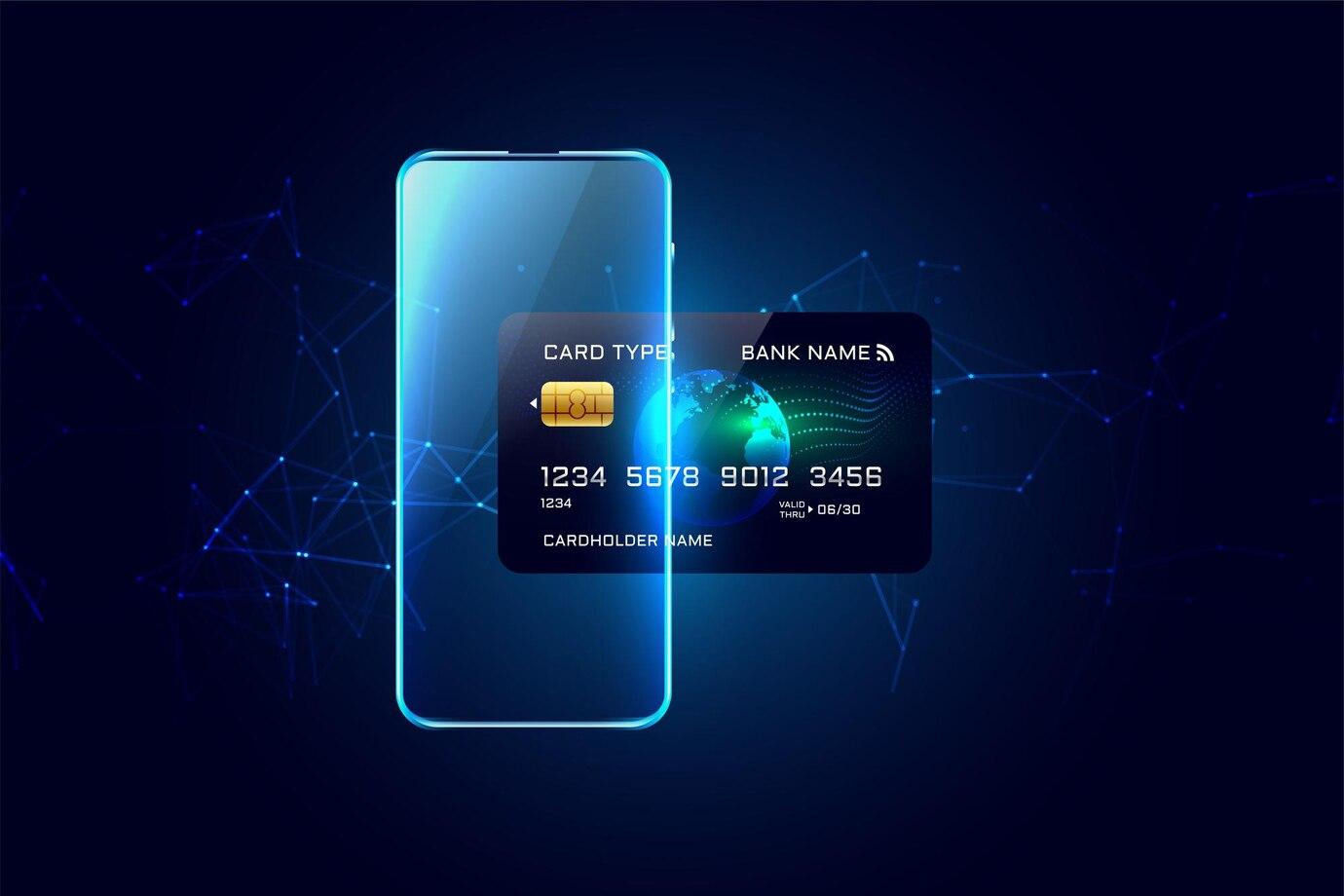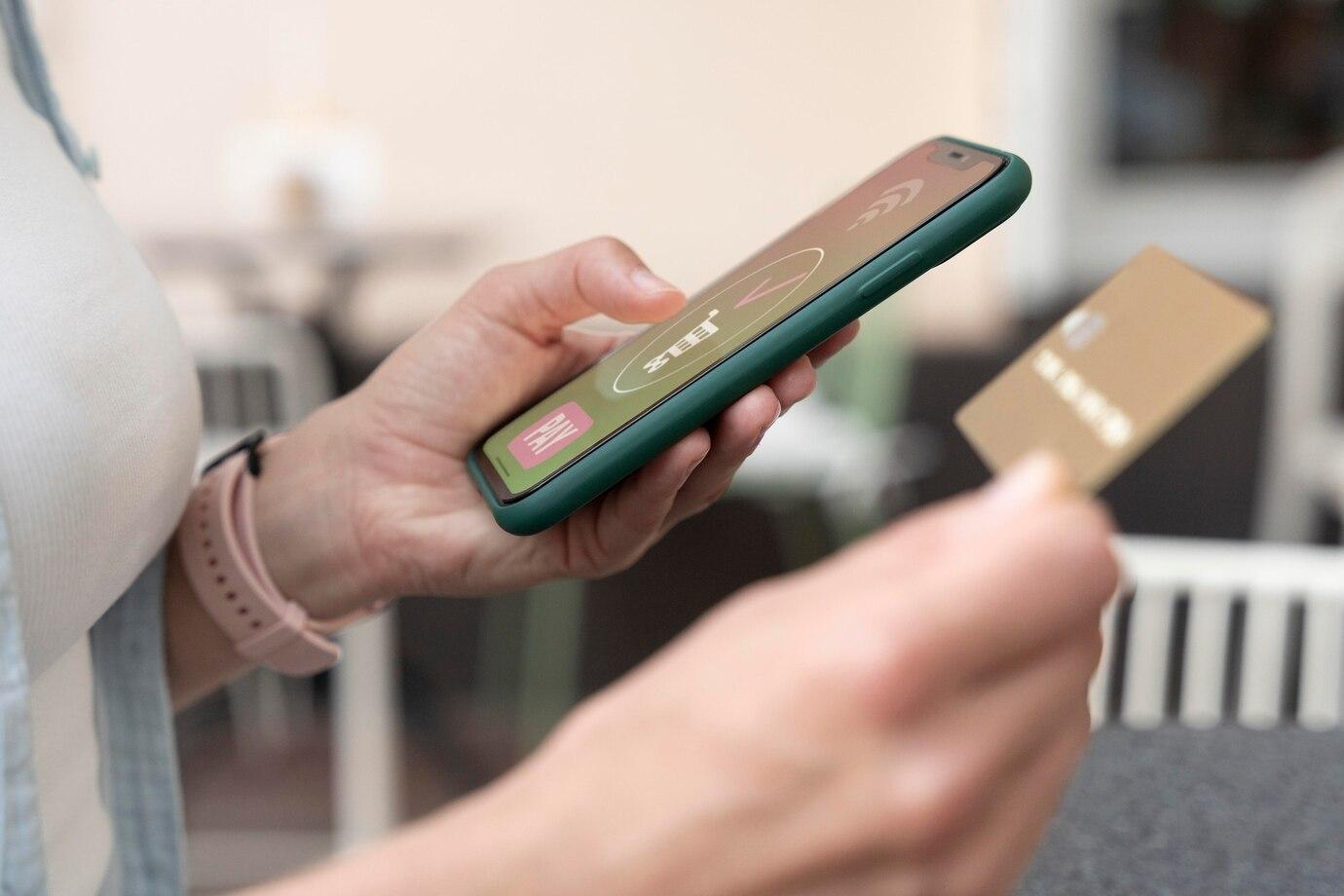In recent years, mobile payments have become an integral part of everyday life. Systems like Apple Pay and Google Pay provide convenience and speed in transactions. However, along with this, the threat of fraud has increased. What methods do criminals use to hack these systems? How can you protect your money from cybercriminals?
Fraud Using Data Theft Technology
Despite the high level of security, mobile payment systems are vulnerable to many types of attacks. One of the most common methods is phishing. Fraudsters develop fake websites and applications that look like official Apple Pay or Google Pay services. Users enter their data, and criminals gain access to their accounts.
Hackers also use viruses and spyware to steal data directly from the victim's device. These malicious programs can be installed via suspicious links or downloaded apps. As a result, all entered data, including bank card details, fall into the hands of fraudsters.
If a fraudster gains access to a user's personal information, they can seamlessly transfer funds using Apple Pay or Google Pay. Criminals can create virtual cards using stolen card data and make payments in stores or online. This scheme becomes feasible because mobile payment systems often do not require physical cards to conduct transactions.

Device Hacking
Smartphone hacking has become much more common, and its consequences can be catastrophic. Fraudsters can gain access to mobile payment wallets and authentication systems through physical access or remote control of the device.
Apple Pay and Google Pay use various authentication methods, such as fingerprints or facial recognition. Nevertheless, fraudsters develop new techniques to bypass these security systems. For example, criminals may use images of fingerprints or even take photos to bypass security features. Thus, if a fraudster gains access to your device, your funds may be vulnerable.
There are also other types of attacks where criminals collaborate to hack devices. In such cases, fraudsters may offer services or applications that ultimately allow them to access credit card data. In this way, victims become part of the scheme without even realizing it.
Unauthorized Use of Public Wi-Fi
The use of public Wi-Fi networks has become commonplace. However, such networks can pose a serious security threat, especially for mobile payments. Fraudsters can create fake Wi-Fi networks, naming them after well-known cafes or restaurants to lure users. When victims connect to such a network, their data can be stolen.
Using special tools, fraudsters can intercept data transmitted over open networks. This means that all transactions a user performs via Apple Pay or Google Pay can be eavesdropped on. People who do not take precautions are at high risk of losing their money.

Social Engineering
Social engineering is a method that uses psychological manipulation to deceive people into providing confidential information. Fraudsters often pose as bank representatives or support staff to convince victims to provide their data.
For example, a fraudster might call a victim, posing as a bank consultant. They might report suspicious activity on the account and ask to confirm card details. In this case, most people, fearing losing money, can be easily tricked into providing the necessary information.
Another common method is sending messages or emails that appear to be official notifications. Fraudsters create fake messages on behalf of well-known companies and often use urgency to compel people to act quickly without verifying the legitimacy of the request.

Exploiting Software Vulnerabilities
One of the serious security threats is using outdated versions of applications. Both Apple and Google regularly update their applications, adding new features and enhancing security.
Criminals can exploit discovered software vulnerabilities to gain access to data and conduct transactions on behalf of the user. Typically, companies quickly fix such issues, but users who do not update their apps remain open to attacks.
How to Protect Yourself from Mobile Payment Fraud
- 2FA. The best way to secure your money is to use 2FA. This adds an additional layer of protection by requiring a code sent to your phone in addition to entering the password. This makes it much harder for fraudsters to access your account.
- Software Updates. Regularly updating software and operating systems will help minimize risks. Updates contain fixes for vulnerabilities that may be exploited by criminals.
- Caution When Using Wi-Fi. Use only secure Wi-Fi networks, avoiding open and public ones. If you need to connect in public, use VPN services to protect your data.
- Awareness of Fraud. Knowing the different types of fraud will help you stay vigilant. Be cautious with emails and messages from unknown senders. Verify their legitimacy before providing information.
- Passwords. Create strong, unique passwords for your accounts. Avoid using the same combination for different services. Using password managers can also help avoid risks associated with data theft.
- Account Monitoring. Regularly check your bank accounts and transactions. Quickly responding to unauthorized operations can help prevent significant financial losses.

Conclusion
Mobile payments provide users with impressive convenience, but they require attention to security issues. Fraudsters use various methods to hack Apple Pay and Google Pay to steal money. Being aware of the types of attacks and taking precautions can significantly reduce the risk of losing funds and protect your finances in this digital world.
